Rising Environmental Regulations
Rising environmental regulations are increasingly influencing the Pelletized Activated Carbon Market. Governments and regulatory bodies are implementing stringent guidelines to control emissions and waste management practices across various sectors. This regulatory landscape is compelling industries to adopt cleaner technologies, including the use of pelletized activated carbon for pollution control. The market is expected to benefit from these regulations, as companies seek to comply with environmental standards and reduce their carbon footprint. The demand for pelletized activated carbon is likely to increase as industries invest in sustainable practices, thereby driving market growth. Furthermore, the emphasis on corporate social responsibility is pushing organizations to prioritize environmentally friendly solutions, further enhancing the market potential.
Expansion of Air Purification Applications
The expansion of air purification applications is another critical driver for the Pelletized Activated Carbon Market. With increasing urbanization and industrial activities, air quality has become a pressing concern. Pelletized activated carbon is widely utilized in air filtration systems due to its ability to adsorb volatile organic compounds and other pollutants. The air purification market is anticipated to witness substantial growth, with projections indicating a rise in demand for air quality improvement solutions. This growth is likely to be fueled by stricter regulations on air emissions and a heightened focus on public health. Consequently, the demand for pelletized activated carbon in air purification systems is expected to surge, further solidifying its position in the market.
Technological Innovations in Carbon Production
Technological innovations in carbon production are playing a pivotal role in shaping the Pelletized Activated Carbon Market. Advances in manufacturing processes and the development of new materials are enhancing the efficiency and effectiveness of activated carbon products. Innovations such as the use of renewable biomass as feedstock for carbon production are gaining traction, aligning with sustainability goals. These advancements not only improve the performance of pelletized activated carbon but also reduce production costs, making it more accessible to various industries. As technology continues to evolve, the market is likely to witness an influx of high-performance activated carbon products, catering to diverse applications and driving overall market growth.
Increasing Demand for Water Treatment Solutions
The rising need for effective water treatment solutions is a primary driver for the Pelletized Activated Carbon Market. As water pollution levels escalate, industries and municipalities are increasingly turning to activated carbon for its superior adsorption capabilities. The market for water treatment is projected to grow significantly, with estimates suggesting a compound annual growth rate of over 7% in the coming years. This trend indicates a robust demand for pelletized activated carbon, which is favored for its efficiency in removing contaminants from water. Furthermore, the growing awareness of water quality and safety among consumers is likely to propel investments in advanced water treatment technologies, thereby enhancing the market landscape for pelletized activated carbon.
Growth in Pharmaceutical and Chemical Industries
The growth in the pharmaceutical and chemical industries serves as a significant driver for the Pelletized Activated Carbon Market. These sectors require high-quality activated carbon for various applications, including solvent recovery, catalyst support, and purification processes. The pharmaceutical industry, in particular, is experiencing a surge in production, which is likely to increase the demand for pelletized activated carbon. Market data suggests that the pharmaceutical sector is projected to grow at a rate of approximately 5% annually, thereby creating a favorable environment for activated carbon suppliers. As these industries continue to expand, the reliance on pelletized activated carbon for efficient processing and purification will likely intensify, contributing to market growth.



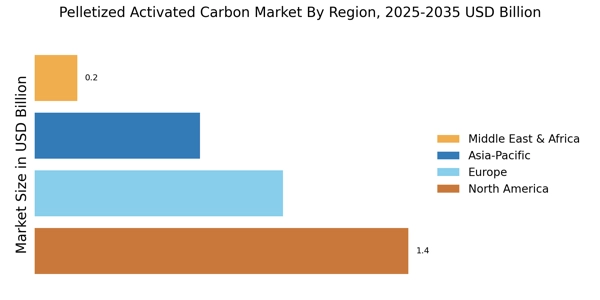
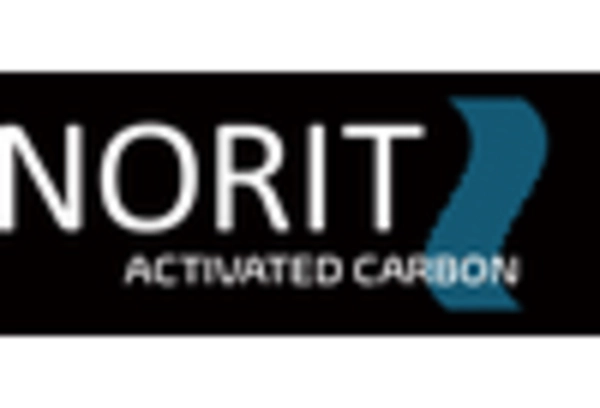

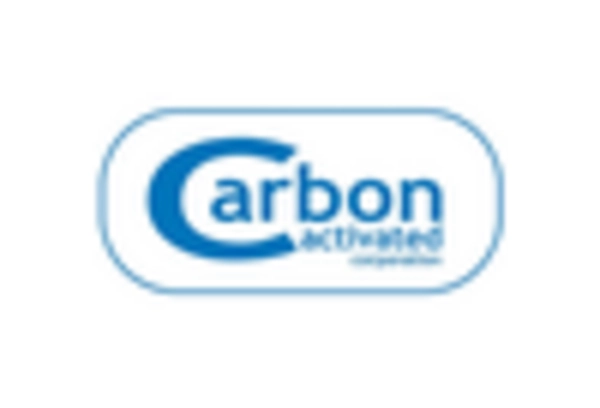
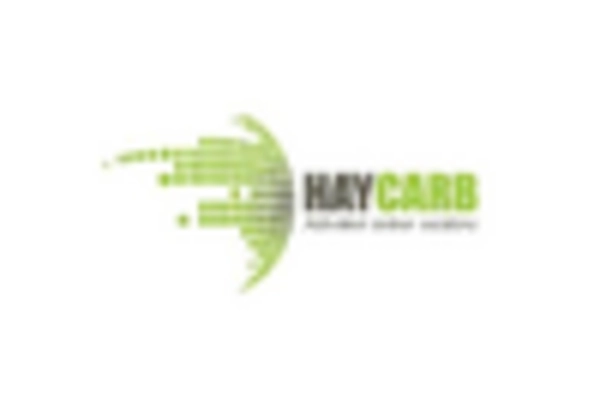

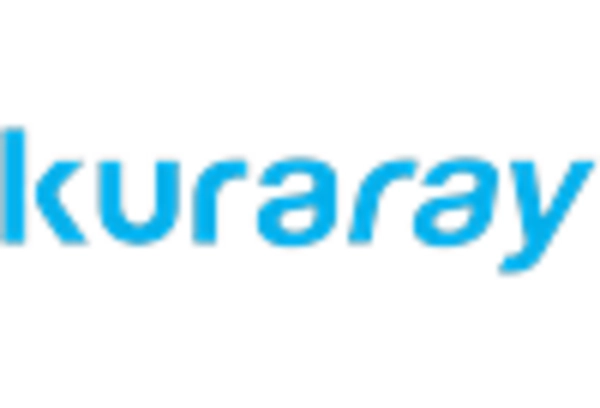








Leave a Comment